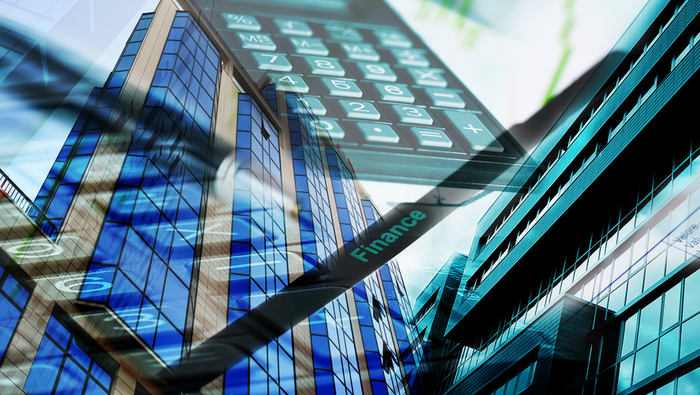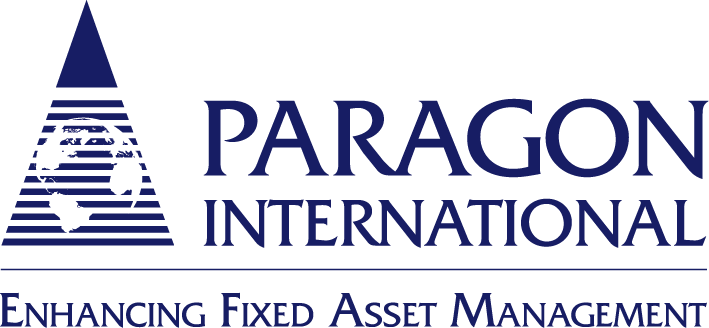The Section 179D Energy Tax Deduction is now permanent. You no longer have to worry about expirations and rely on extensions. The Consolidated Appropriations Act, 2021, signed into law at the end of December 2020, made permanent the Energy Efficient Commercial Building Deduction.
Commonly referred to as the Section 179D Energy Tax Deduction, the provision was set to expire on December 31, 2020.
Tax Benefits of Section 179D
In order to encourage increased energy efficiency of commercial buildings, the Energy Policy Act of 2005 (“EPAct”) created the Section 179D energy tax deduction. It allows for an immediate expense deduction against the taxpayer’s Federal Income Tax liability for an investment in energy efficient commercial buildings.
Under the EPAct, qualifying building owners and commercial tenants are eligible for the 179D deduction, as well as certain designers and builders. Building improvements must achieve a 50% reduction in energy costs related to the building envelope, heating, ventilating, air conditioning (HVAC), hot water, lighting and lighting controls.
Without the 179D immediate deduction, the cost of these improvements would be depreciated over 15 years for qualified improvement property (QIP), 27.5 years for residential property or 39 years for commercial property.
Two Key Changes to the Section 179D Energy Tax Deduction
Don’t give a big sigh of relief just yet. The new tax law comes with two key changes.
- The deduction will be adjusted annually for inflation. The current maximum deduction of $1.80 per square foot will likely change each year. This amount had not changed since the original law was created under the EPAct.
- The bar has been raised for qualifying for the deduction. The most current American Society of Heating, Refrigerating and Air-Conditioning Engineers (ASHRAE) Standard in effect will be the one that applies.
The previous Act referenced ASHRAE 90.1-2007 specifically, and the new Act references simply ASHRAE 90.1. This means that the higher, more stringent standards of ASHRAE 90.1-2019 will now apply. Moreover, when ASHRAE updates their standards again, the previous 50% energy reduction requirements will likely be more stringent.
NOTE: As of this writing, the U.S. government’s Office of Energy Efficiency and Renewable Energy website has not yet been updated to reflect the changes in this law/tax deduction. We will continue to monitor for updates.
Requirements for Applying for the 179D Tax Deduction
The 179D energy tax deduction requirements are not satisfied by LEED certification. A professional engineering analysis by an expert is essential to realize tax savings.
Paragon’s engineering consultants meet these requirements. Contact us today for a no-obligation consultation.
Click here to learn more about the Section 179D Energy Tax Deduction, the IRS requirements for claiming it, and how Paragon can help.




